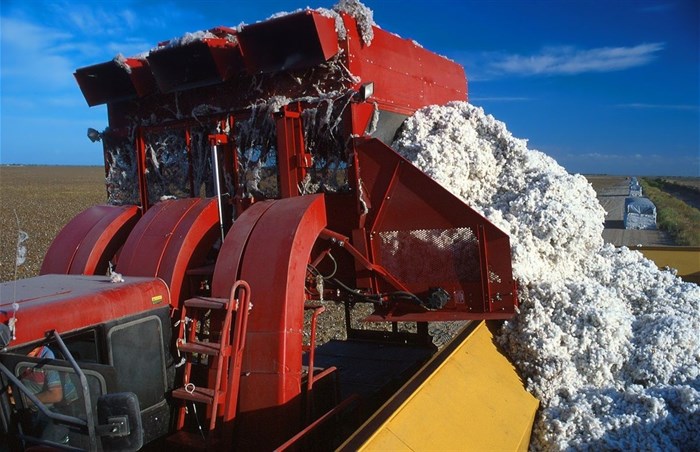
Top stories


LegalNigeria to implement new tax laws from January 1 despite calls for delay, Tinubu says
Camillus Eboh 1 day

BCI is considered the largest cotton sustainability standard in the world and exists to make global cotton production better for the people who produce it, better for the environment it grows in and better for the sector’s future. BCI aims to transform cotton production worldwide by developing Better Cotton as a sustainable mainstream commodity; using a chain of custody model called Mass Balance whereby volumes of Better Cotton are tracked on an online sourcing platform.
On 1 April 2014, the Department of Trade and Industry (the dti) launched a five-year plan to establish a national textile cluster, SASTAC, supported by a R200m grant fund. Its aim was to improve capacity and competitiveness and to create jobs in the cotton, textile and apparel industry value chains.
Through this initiative, the cotton industry formed the Sustainable Cotton Cluster (SCC) to serve the cotton-specific interventions. The SCC brings together the entire cotton supply chain under one umbrella: farmers, ginneries, yarn manufacturers, weavers and knitters, dyers, finishing plants, retailers and consumers.
The initiative has seen 22 integrated supply chains created through South African retailers such as Mr Price Group and the Edcon Group, on items made with sustainable cotton sourced from South Africa. These include product lines like T-shirts, chinos, towels and underwear.
Other retailers who have also been part of the journey are Woolworths and Ackermans. Woolworths Holdings is the first SA retailer to become a member of the BCI programme and has committed to sourcing 100% of its cotton as ‘more sustainable cotton’ by 2020.
Bruwer says that there was roughly 38,000ha cotton planted the past season, up from 7,500ha in 2014, with more than 50,000ha planned for the new season. The industry has about 150 commercial farmers and 1,300 small growers, with 51 of the commercial farmers and 1,115 of the smallholder farmers being BCI licenced.
The South African cotton growing areas are mainly located in Limpopo, Northern Cape, North West, KwaZulu-Natal and Mpumalanga. During the 2017/2018 season, five cotton projects in three provinces were funded. A total of 5, 000ha was planted to cotton by the 1,300 small farmers supported.
Other successes of the programme include the independent grading facilities at Cotton SA that were upgraded to an HVI laboratory. This laboratory serves as a key contributor to the competitiveness of the cotton industry value chain as it provides a quality grading certificate for each bale of cotton lint produced in South Africa. This laboratory also plays an important role in supporting transparency, traceability and global benchmarking for the industry, and has become the first in the world to receive ICA Bremen certification.